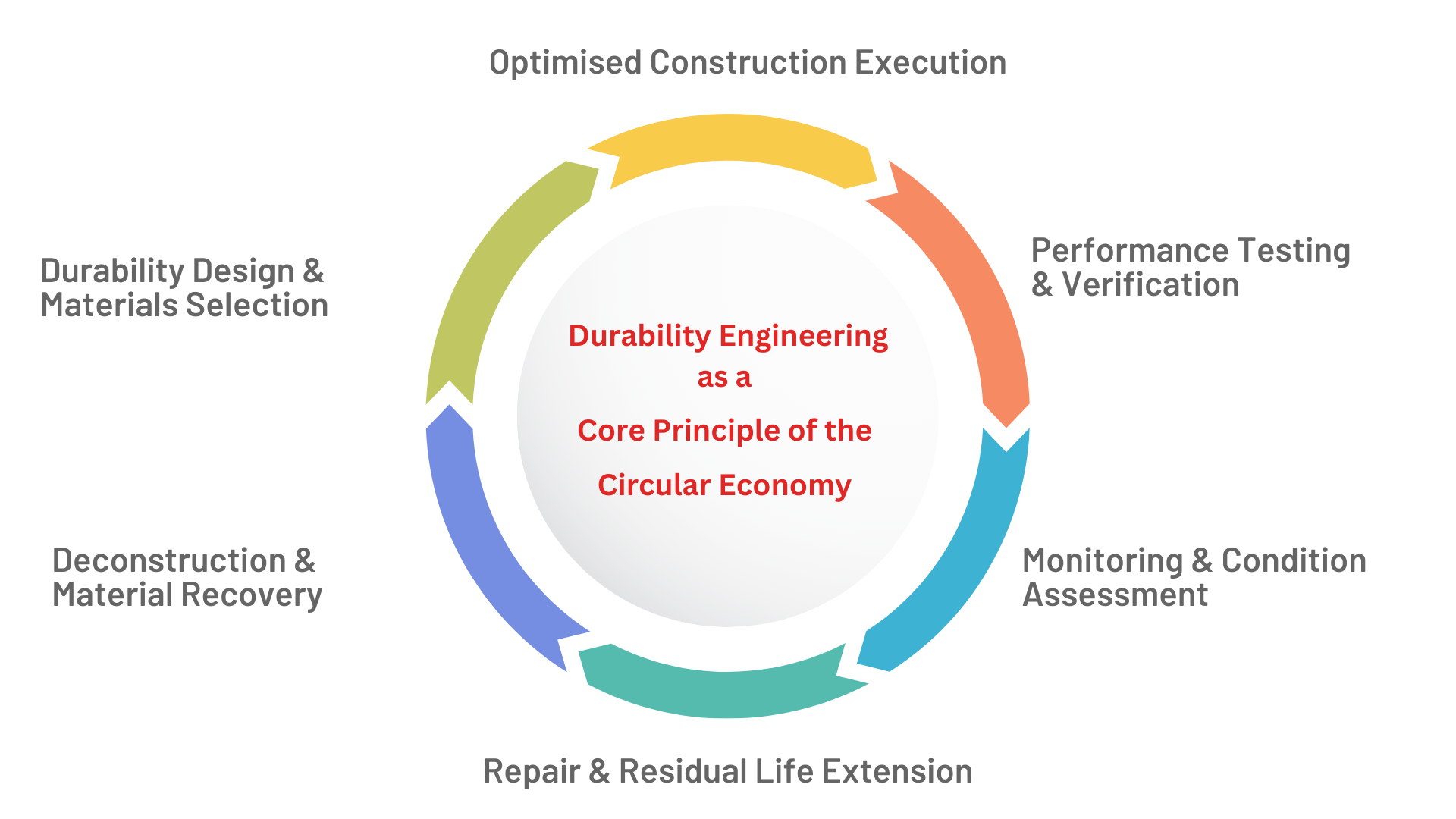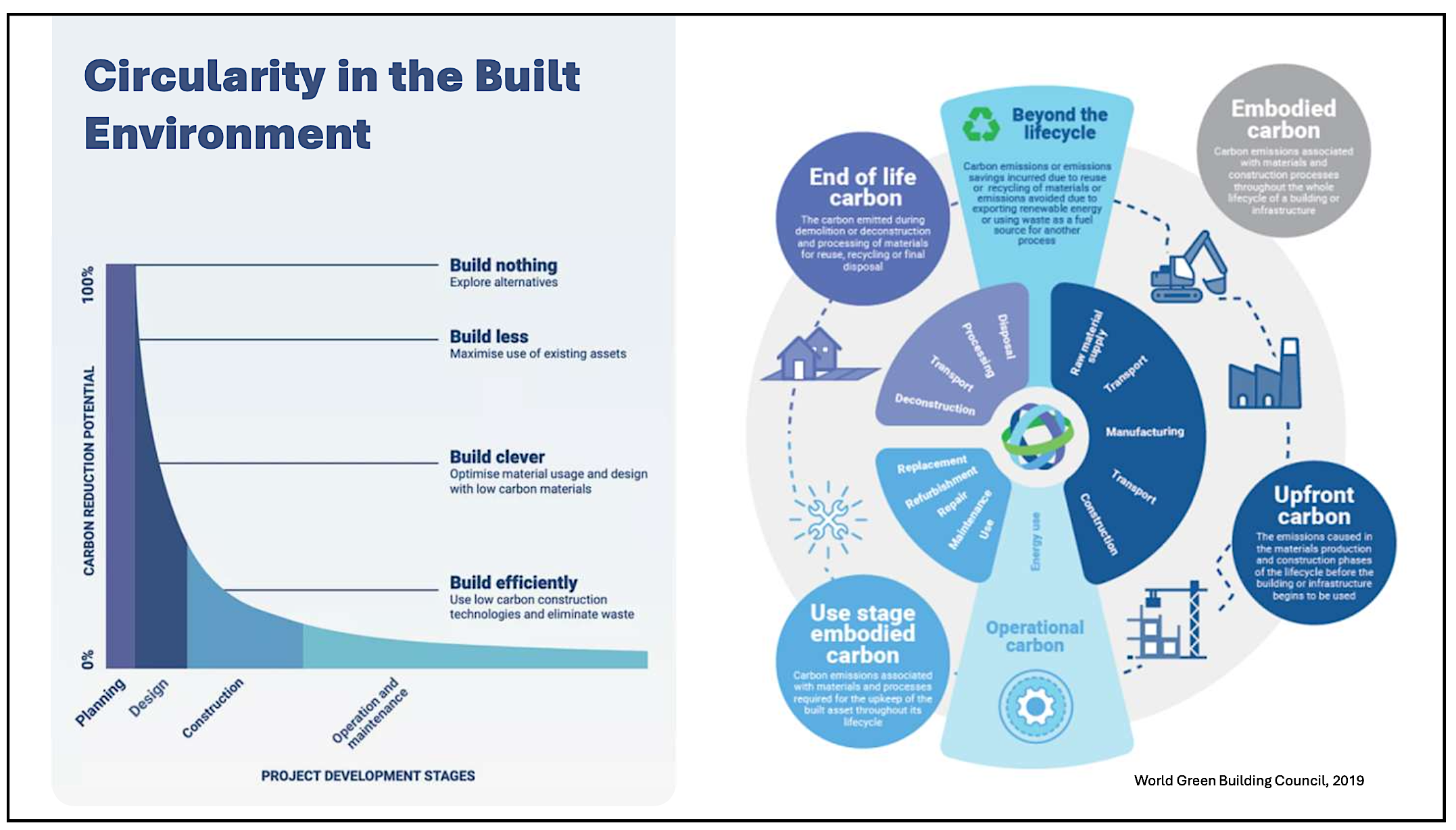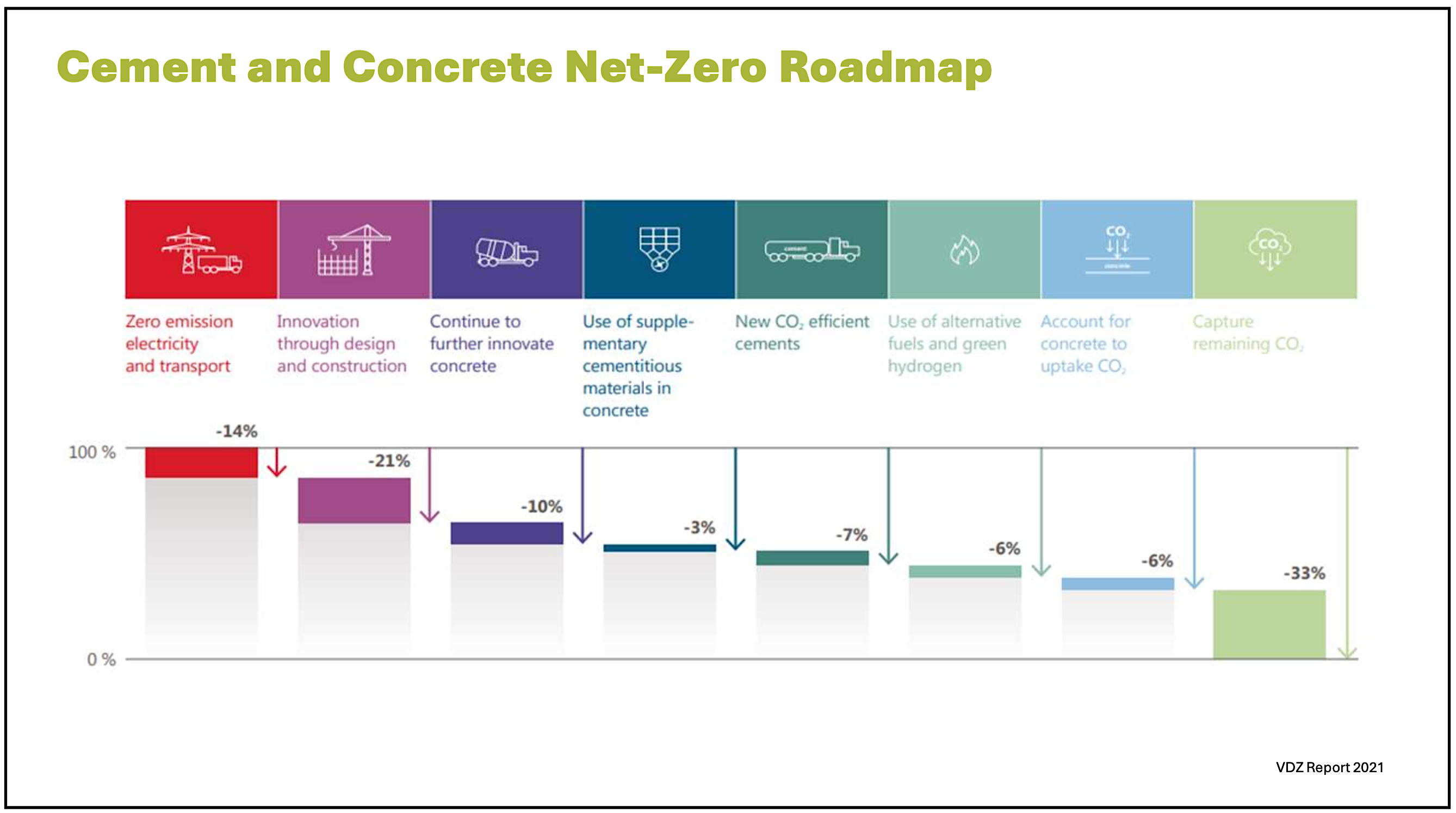
Durability Design in the Circular Economy
BCRC Durability Design and Engineering in the Circular Economy
The built environment encompasses all spaces and structures created by humans for human use, forming a dynamic setting in which assets are continuously built, operated, maintained, and eventually renewed or replaced.
Each asset within this environment undergoes a complete lifecycle comprising five distinct phases: designing and planning, construction, commissioning, operation and maintenance, and ultimately renovation or demolition.

Durability Engineering: Extending Infrastructures’ Design Life for a Circular Economy
Durability engineering plays a critical role in advancing the circular economy by extending the lifespan of infrastructure and reducing the need for resource-intensive repairs, replacements, or demolitions. Central to this approach is the integration of Lifecycle Assessment (LCA), which evaluates the environmental impact of materials and design decisions across the entire asset lifecycle.
By embedding sustainability from the outset, LCA and durability engineering together support resource efficiency, minimise embodied carbon, and reduce overall environmental impact.
Moving away from the traditional “build, use, demolish” model, this strategy prioritises resilient design and material reuse, ensuring long-term performance while aligning with circular economy principles.
The result is infrastructure that remains functional, efficient, and environmentally responsible for generations.

Key points of the low-carbon strategy adopted by Durability Engineers are:
-
Designing structures for longevity and resilience.
By using tools like probabilistic durability modelling and analysing deterioration mechanisms such as carbonation or chloride ingress, engineers can make informed decisions to minimise risk from the outset and efficiently target the design life of the structures. Concrete mixes with low permeability, paired with supplementary cementitious materials (SCMs) like fly ash or slag, improve durability and reduce carbon emissions. Additional measures like cathodic protection and corrosion inhibitors help safeguard steel reinforcement from long-term deterioration.
-
Preventative Maintenance and Structural Health Monitoring
Ongoing care is just as important as upfront design. Regular condition assessments ensure that small problems can be addressed before they escalate.
Also, preventative maintenance and the implementation of live monitoring systems such as IoT sensors and AI-driven diagnostics enable early detection of issues, helping to extend service life and reduce the need for major interventions.
3. Adaptive Reuse and Retrofit Solutions
When existing structures start to show their age, adaptive reuse and retrofit solutions offer a sustainable alternative to demolition.
Design solutions like tailored repair strategies or Carbon Fibre Reinforced Polymer (CFRP) strengthening can restore structural performance while adding seismic or fire resilience, ensuring older buildings continue to meet modern standards.
4. Material Recovery and Circular Deconstruction
Finally, durability engineering supports circular outcomes at the end of a structure’s life. Engineers make reclaiming high-value materials like steel and concrete easier by designing for disassembly and material recovery. Recycled aggregates and reclaimed elements reduce the environmental impact of demolition, feeding valuable resources back into the construction cycle.
Together, these strategies extend the life of infrastructure and move us closer to a truly circular and low-carbon-built environment.

BCRC- Durability and the Circular Economy
At BCRC, we are committed to driving innovation in durability engineering, ensuring that the built environment aligns with the circular economy. Our expertise in durability design, material performance, and lifecycle assessment helps future-proof infrastructure while promoting sustainability. As the industry moves towards a more circular approach, durability will remain at the core of resilient and resource-efficient construction.
By integrating advanced materials, predictive maintenance, adaptive reuse, and deconstruction strategies, the industry can significantly reduce waste, lower embodied carbon, and build a sustainable future.
BCRC integrates durability and circular economy principles, shaping a more resilient and environmentally responsible built environment.

